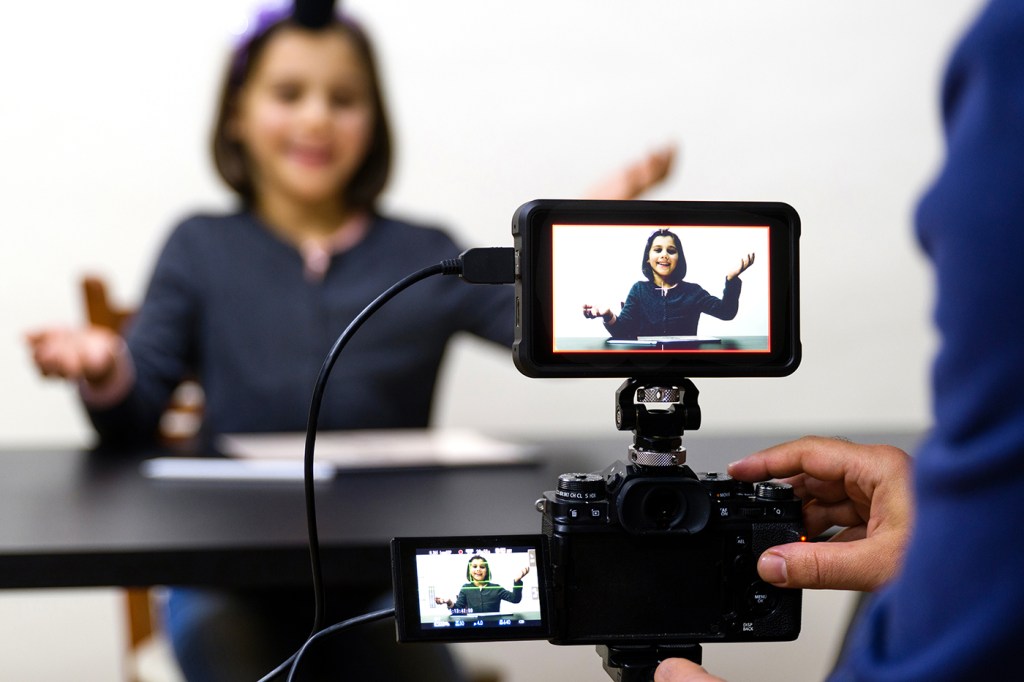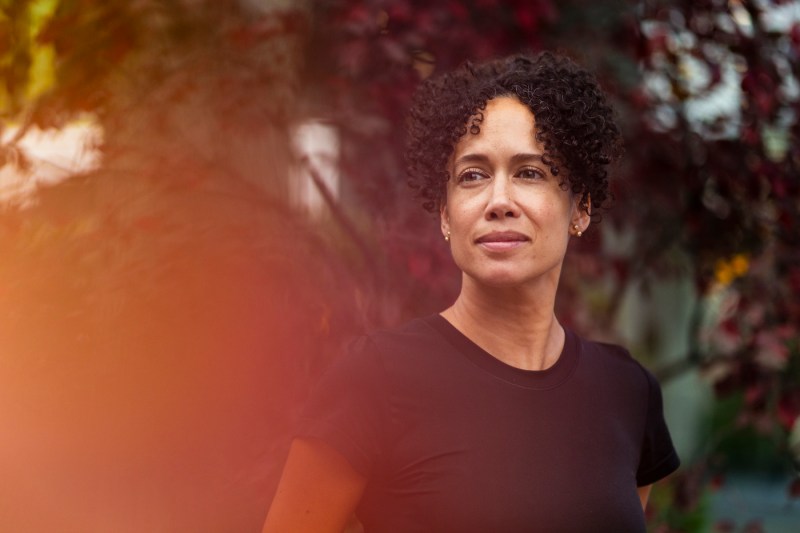From factories to TikTok, how child labor laws are struggling to keep up with the digital revolution

Child labor laws have prevented minors from working long, hazardous hours in factories, mines and retail operations for over a century.
But what happens when a child’s work isn’t taking place in a brick-and-mortar setting, but rather it’s in front of a camera in the privacy of a parent’s home for a social media channel such as YouTube, Instagram or TikTok?
These kinds of platforms are creating what some call a wild west environment when it comes to enforcing child labor laws.
It’s an arena in which rules and regulations formed during the Industrial Revolution have failed to keep pace with the digital revolution, says Hilary Robinson, an associate professor of law and sociology at Northeastern University’s School of Law.
.

“We need new technical competencies in government to understand that while these workplaces don’t have physical locations, they have digital locations,” she says.
“We’re using old models from industrial capitalism, corporations and other forms of organization that we know well and trying to push it on this new form,” says Robinson, an expert on platform technology and the law.
“It’s not really working,” she says.
To start with, it’s not always clear where to draw the line between socialization and the production of entertainment in posts by parent influencers and family vloggers, Robinson says.
“What can be just a little bit of labor — putting up a picture of your dog, which I do all the time — is suddenly something you are doing regularly and routinely to increase your follower count,” which aids monetization, she says.
“You might have an incentive to get your whole family working. Suddenly instead of one take, you want three takes,” Robinson says.
That seemingly spontaneous family dance party may turn into a production number that if filmed on a studio lot would require child participants to be paid.
“We can call it content, or we can call it work,” Robinson says.
The state of Illinois has made an attempt to address the monetization of children on social media with a first-in-the-nation law that requires influencers who feature their children to pay them for their work.
The law, which went into effect July 1, requires parents or caregivers to monetarily compensate a minor who appears in at least 30% of their social media content over the course of 30 days by setting aside money in a trust.
The law doesn’t have enforcement ability, but allows child influencers to take action against parents who have failed to properly compensate them for their work.
Robinson says she thinks Illinois is on the right track by tying compensation to the amount of labor expended in creating social content.
“I think the impulse to track volume is smart and has fidelity to historical ways of thinking about labor,” she says.
“I think we need some new and creative ways of thinking about regulation,” Robinson says. She says that would require regulators to develop technical skills about algorithms and content output so they can determine when children on TikTok or Instagram are performing work in conflict with child labor laws.
“Whether (labor) is happening in a factory or whether it happens in a home where the kidfluencer is being groomed to become a child actor, it doesn’t really matter,” Robinson says.
“Society has an interest in children being in school and not being forced to work,” she says.





